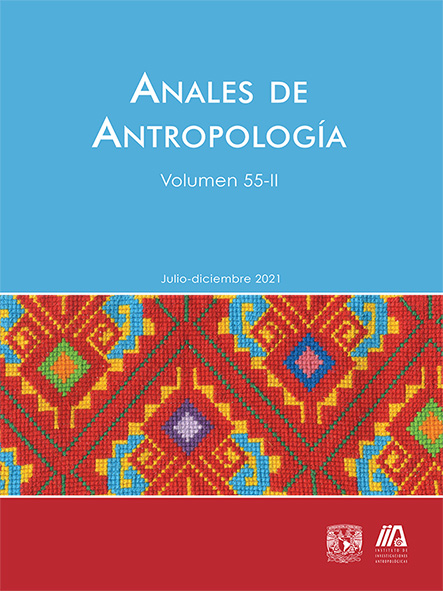New Evidence of an Early Holocene Human Skeleton located in Tlahuac
Main Article Content
Abstract
The objective of this work is to present a recent discovery of human remains from the so-called preceramic period, which occurred accidentally in the south of the basin of Mexico, in the town of Tlahuac in Mexico City. They are the remains of an almost complete skeleton, although in a multi-fragmented state, except for the skull. The osteological analysis indicates that it is a young adult female individual, whom we have called the Woman of Tlahuac. Its radiocarbon age was estimated at 8330 +/- 40 years BP (95.4%, 9465 - 9260 cal BP); dating corresponding to that of some remains considered “Paleoamericans”. We explored the variation of the craniofacial morphological pattern of the Tlahuac woman by applying principal component analysis (PCA) comparatively to other specimens from Mexico, Brazil and the United States which date from the late Pleistocene to the middle Holocene. However, despite its chronology, this specimen differs from the predominant morphological cline in the late Pleistocene and more closely resembles the modern Native American population.
Downloads
Article Details
Esta revista usa una licencia CC del tipo CC BY-NC-ND 3.0. Se maneja bajo el esquema de acceso abierto, con una licencia Creative Commons Attribution-NonCommercial-NoDerivs 3.0 Unported.
